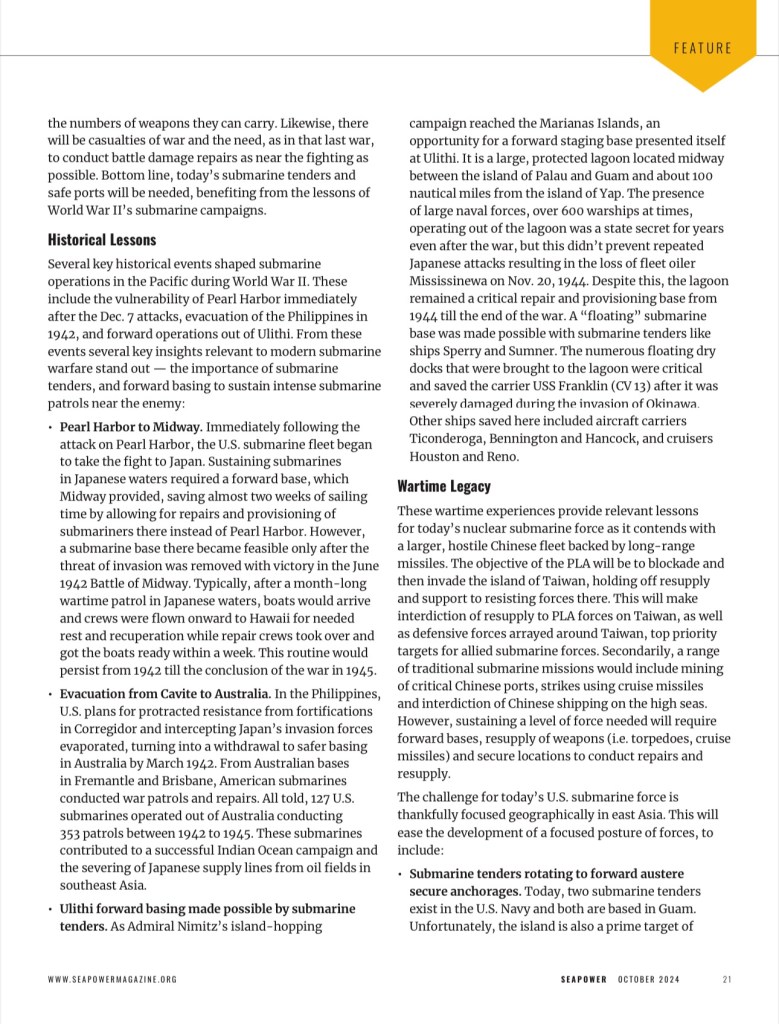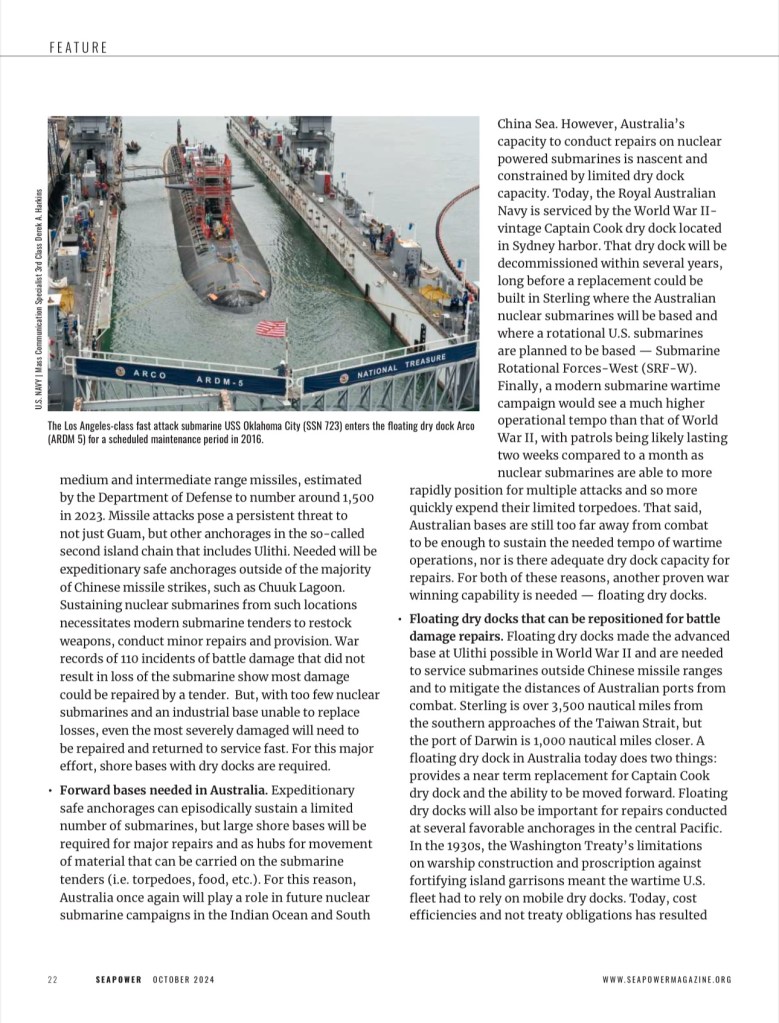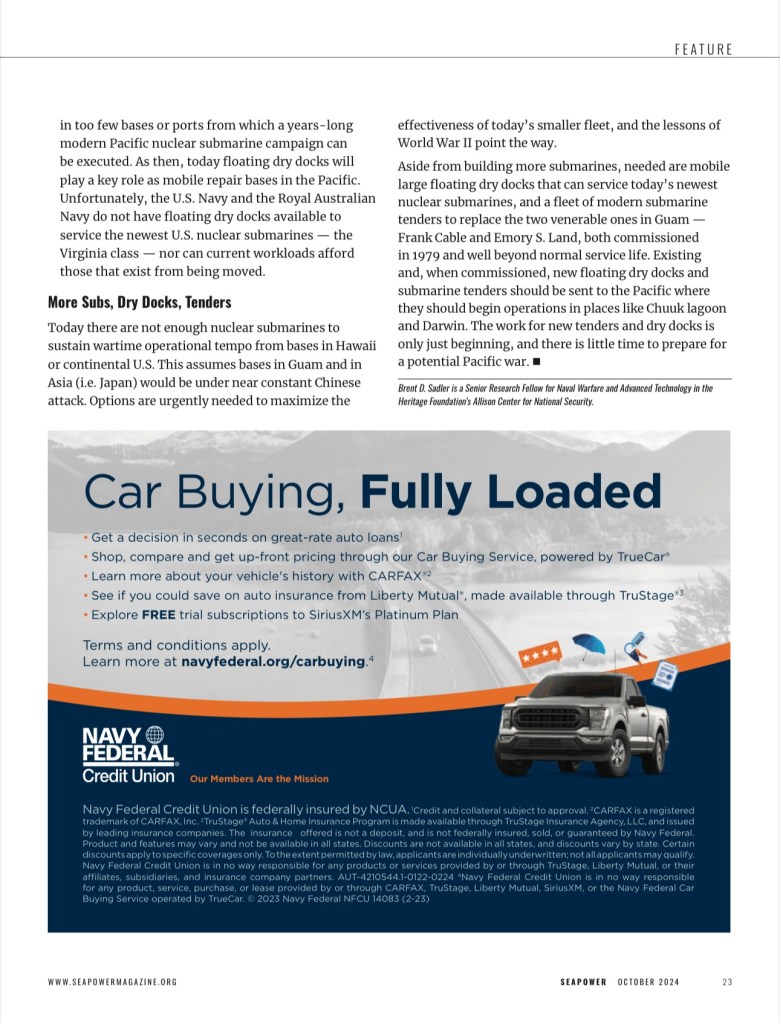The United States military is upgrading a long-abandoned former Cold War naval base in the Caribbean, a Reuters visual investigation has found, suggesting preparations for sustained operations that could help support possible actions inside Venezuela.
…
“The land is going to be next,” he said.
How the US is preparing a military staging ground near Venezuela
Related:
Venezuela Flashpoint: Real-Time Intelligence Analysis
Compounding these indicators is also the confirmed presence of United States special forces support assets (Ocean Trader / Night Stalkers) in the theatre of operations. Washington also authorised Langley to conduct covert action in Venezuela through a presidential finding reported on October through credible media outlets. Grey Dynamics’ real-time monitoring and analysis of the situation aims to deliver continuous updates and verified intelligence on the ongoing flashpoint.
Night Stalkers = 160th Special Operations Aviation Regiment (Airborne)
The 160th Special Operations Aviation Regiment (Airborne), abbreviated as 160th SOAR(A), is a special operations force of the United States Army that provides helicopter aviation support for special operations forces. Its missions have included attack, assault, and reconnaissance, and these missions are usually conducted at night, at high speeds, low altitudes, and on short notice.






You must be logged in to post a comment.